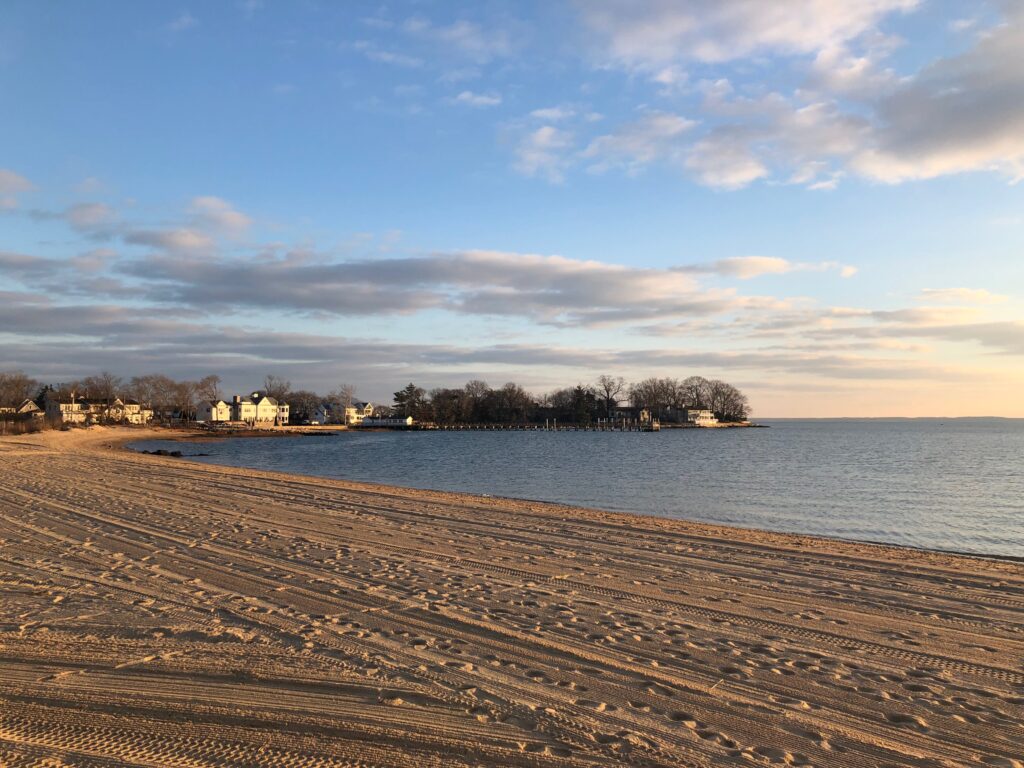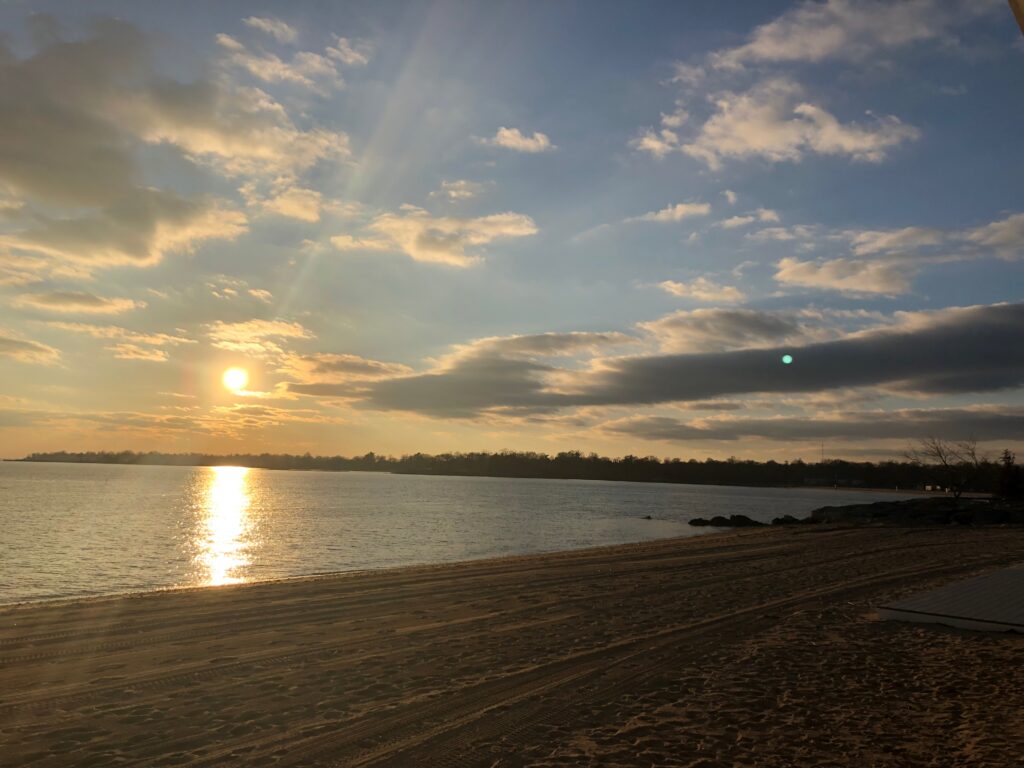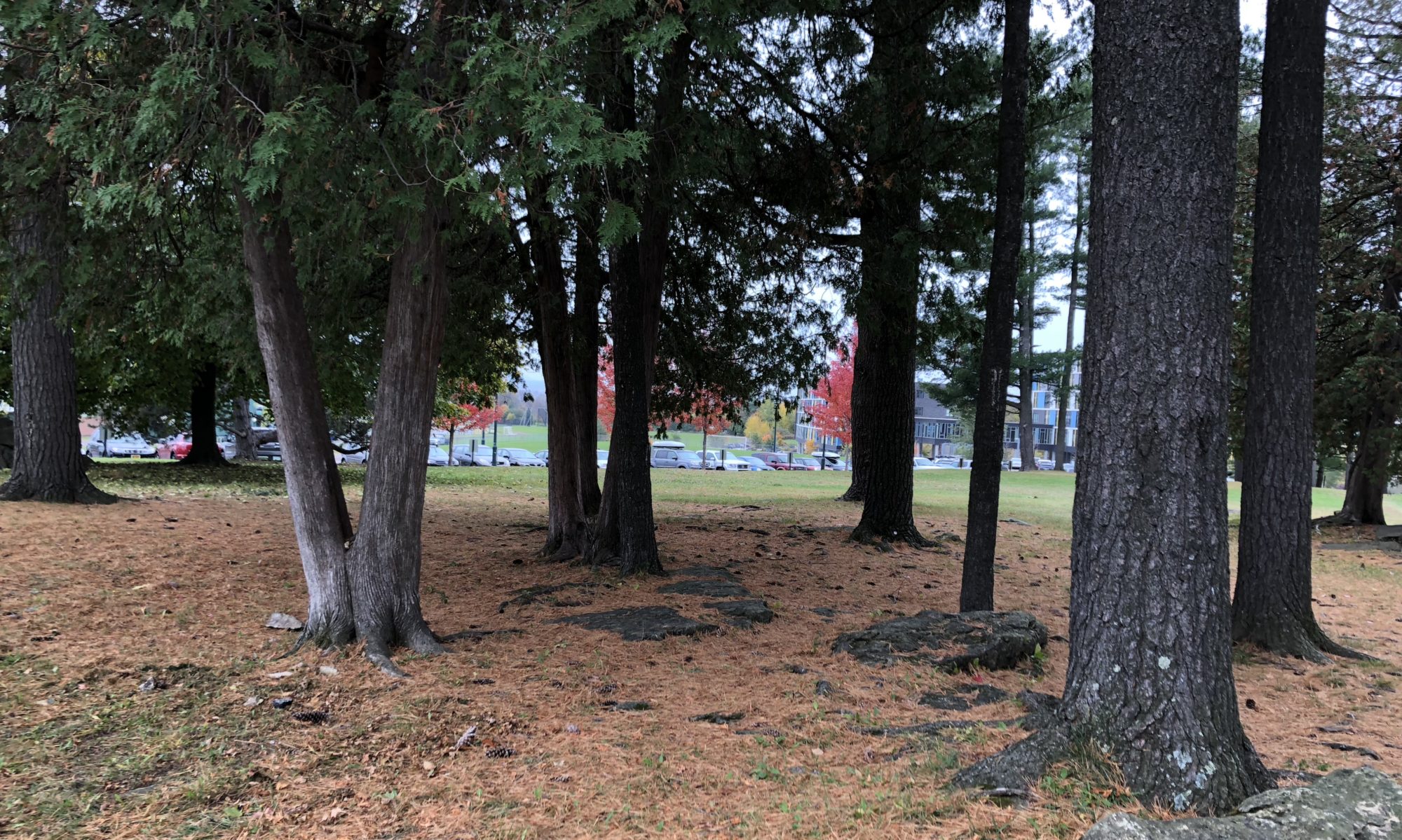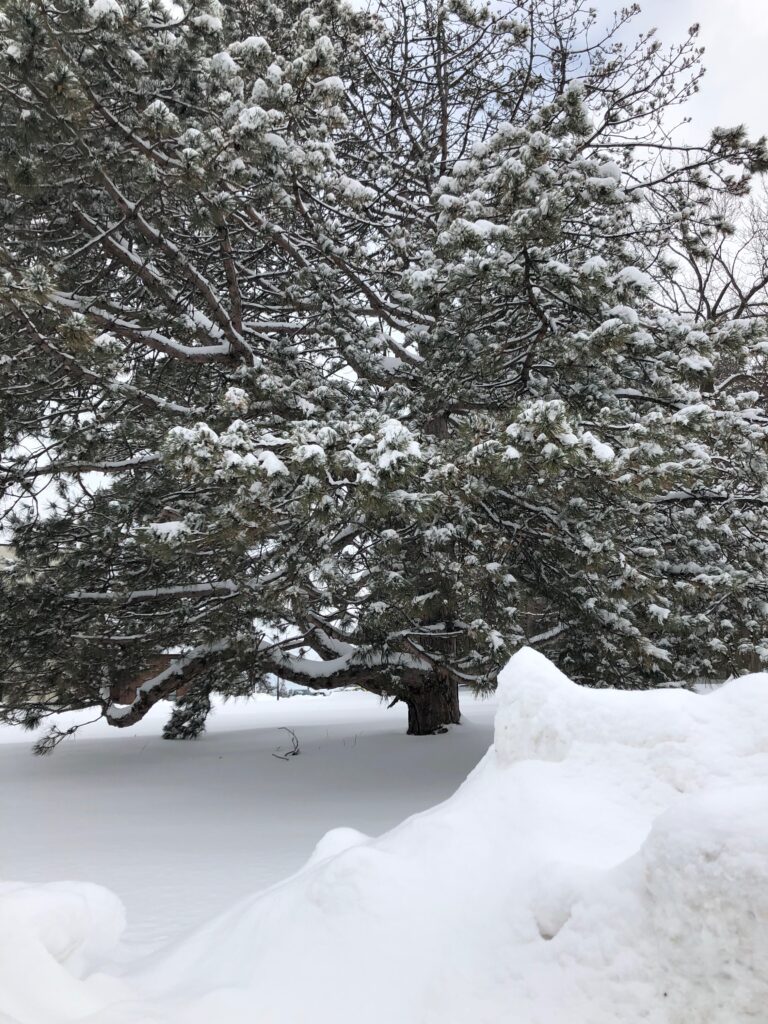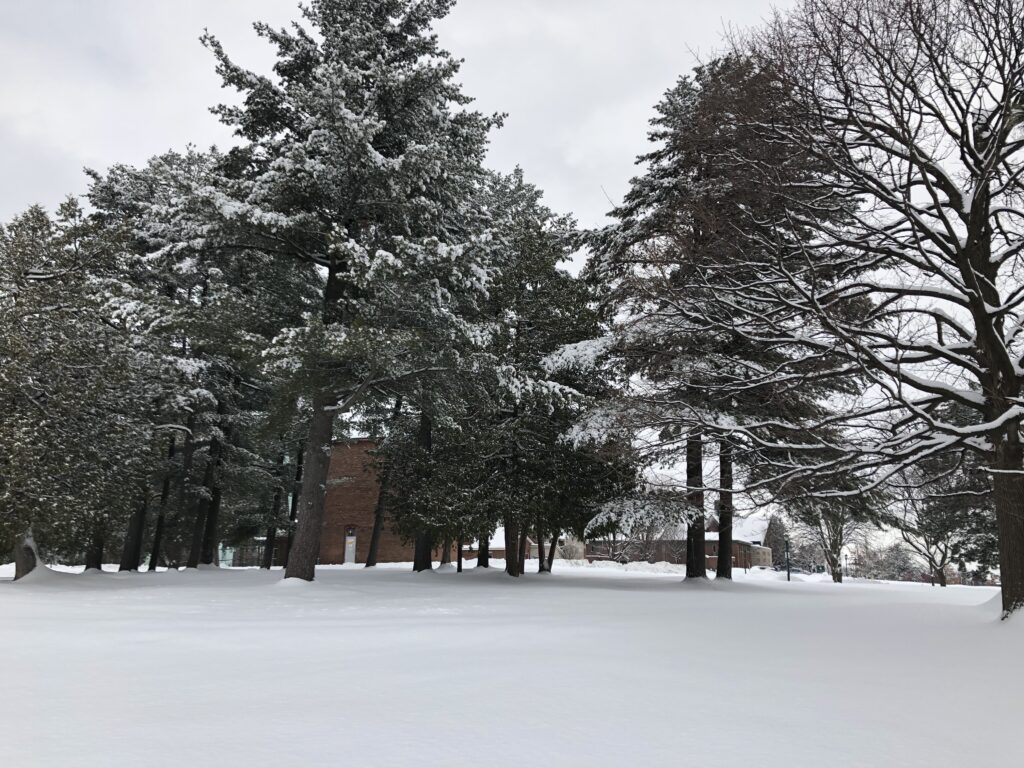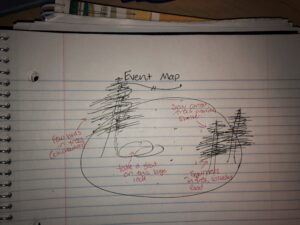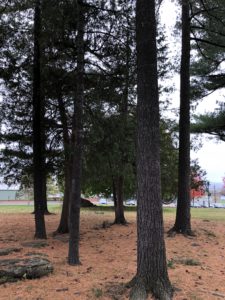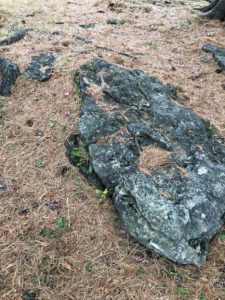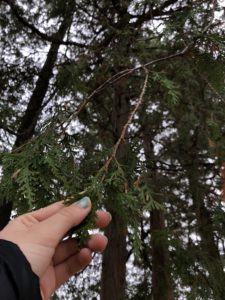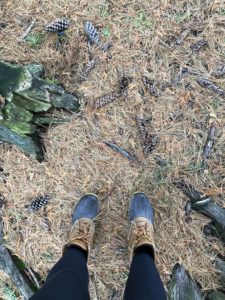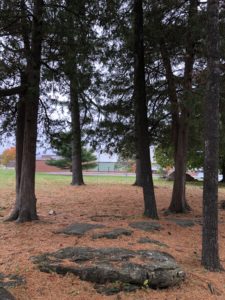Woodland Park, Darien, CT 06820
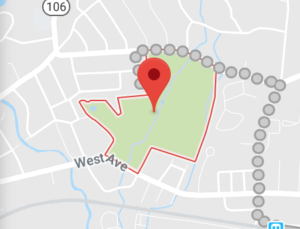
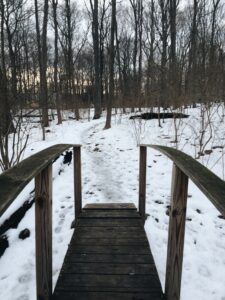

The soft fluff of the late autumn snow coats the earth’s cold floor, carefully navigating the aged landscape of trees and fallen logs as if the emerging flakes can sense the direction of the ground below them. Beneath the blanket lies what remains from the beautiful, vibrant colors that define autumn’s arrival; the fiery reds and oranges are seen transformed to the rich brown leaves, protecting the life beneath them that has begun its dormant season. A dog prances through, rippling and breaking the texture of the gentle blanket. Periodically lowering his cool snout to the ground, he picks up loose flakes from the soft snow piles, and the scent of another creature, still preparing for the long sleep that winter so often inevitably brings. The woods are still as flakes continue to grace the maze of dormancy, the stillness of the moment unparalleled. A stillness, fragile enough to be interrupted only by the crunching of the dog’s paws and the small mouse he follows, through the kaleidoscope of brown and white. Tree branches sway and shake as a breeze flows in between the layers and patchwork of wood, following down to the trunks that define the space, and back to the layers of soft snow that dominates the land.
The stillness of the small Connecticut woodland is echoed by its larger counterpart, the taller, boreal forests of northern Vermont. the large pine grove evokes a similar sense of oasis, from a bright, bustling life not far outside of its borders. The same sun that shines through the intricate pine needles of the eastern white pine grove up north, is the same light reflected in the frozen branches of the southern oaks. the creatures and life that dwell between the trees vary; squirrels and birds of different species frequent both areas, the Connecticut woods being more forgiving of a climate in contrast to the frigid northern Vermont temperatures. However, the grandness of the northern pines pales in comparison to the familiarity and comfort that is brought by being emerged in the woods by my Connecticut home. With my dog by my side through the early winter snow, a trek through this landscape is a true homecoming, although bittersweet as the last time I was home, these same woods were filled with the vibrant greens of late summer, only for me to return to find all the green has gone away, void of the life that had thrived before. Found in my new home of Vermont, however, are the classic evergreens that prove that life continues, even in the most dreary and cold of days.
